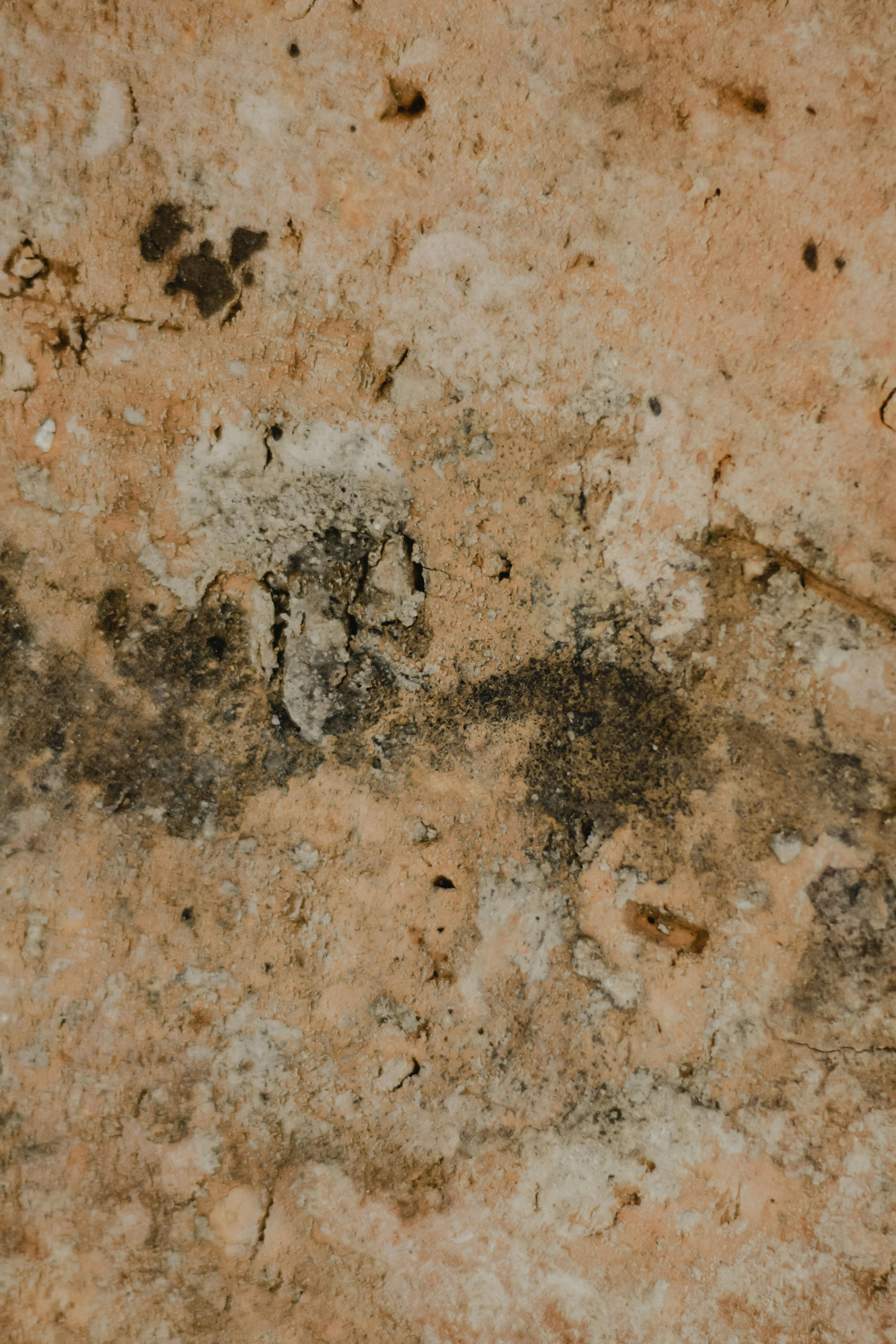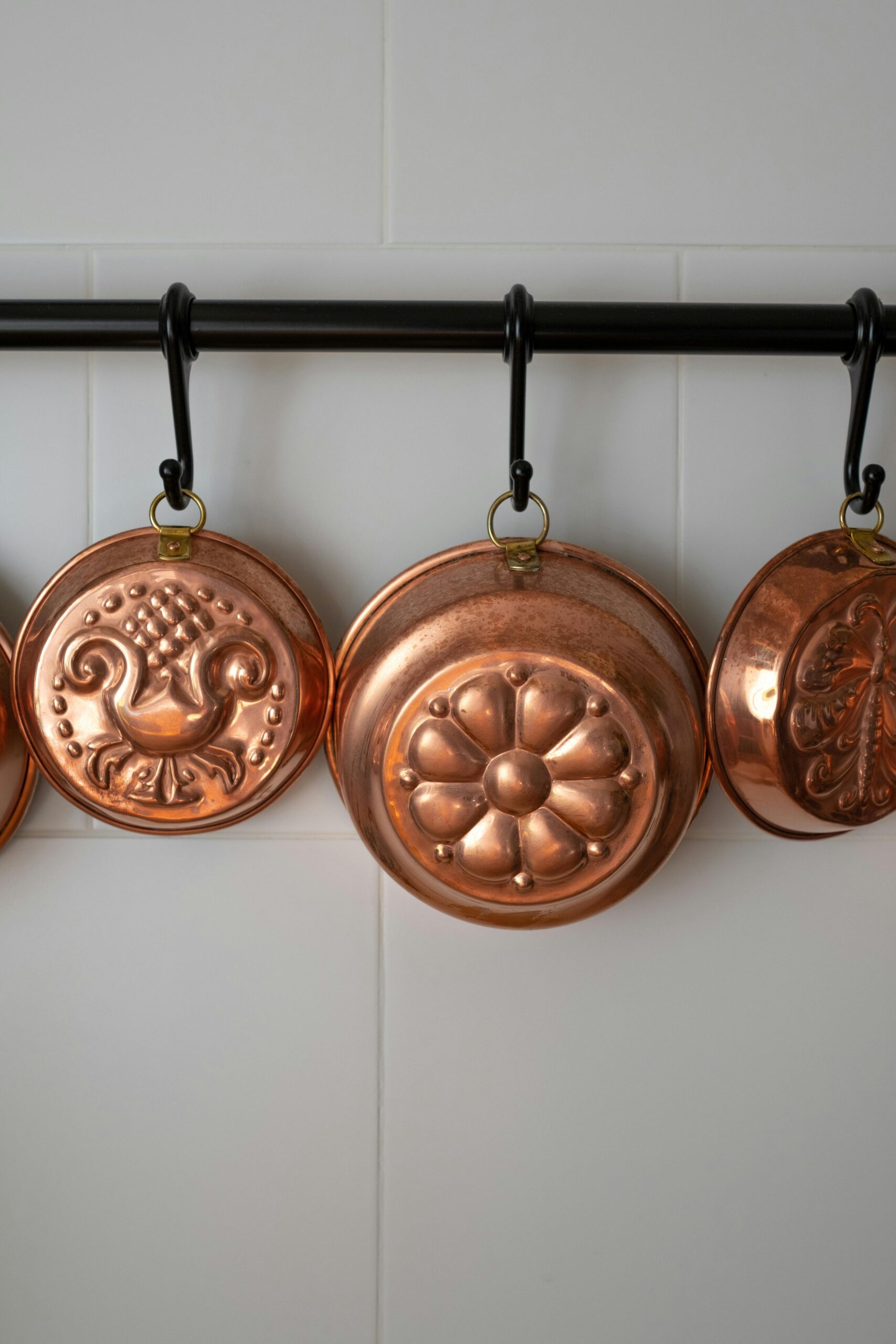Schimmel Wand: Understanding Mold Issues in Your Home
Mold, or **schimmel** as referred to in German, is a common issue many homeowners face, especially on walls. Learning how to properly handle a schimmel wand issue is key to maintaining a healthy living environment. In this article, we will explore the causes of mold on walls, the health risks, effective prevention methods, and remediation techniques. We will also discuss practical steps for identifying mold and ensuring your home remains safe from schimmel growth.
Causes of Schimmel auf Wänden
Mold growth on walls can be attributed to several factors, with moisture being the primary culprit. Areas prone to high humidity, such as kitchens and bathrooms, provide the ideal environment for schimmel. Additionally, inadequate ventilation, leaks in plumbing, and water damage from storms can exacerbate the problem. Understanding these causes is essential for effective mold prevention. For instance, a home affected by water damage will require immediate action to dry out affected areas. Regular inspections of your home, especially after heavy rain or snowmelt, can help identify potential risks.
The Role of Humidity in Mold Growth
High humidity levels can easily lead to schimmel growth. Indoor humidity should ideally remain between 30-50%. One practical solution for managing humidity is the use of dehumidifiers, which can significantly reduce moisture in areas that are often damp. Additionally, good ventilation practices, such as using exhaust fans in bathrooms and kitchens, can help keep moisture in check. It’s also beneficial to regularly monitor humidity levels using a hygrometer. Taking these proactive steps can greatly reduce the chances of mold taking hold in your home.
Identifying Signs of Mold
Recognizing the early signs of mold can save you from more significant issues later. Common indicators of schimmel include visible discoloration on walls, a musty odor, and signs of water stains. If you suspect mold, it’s crucial to conduct a thorough inspection. Areas behind furniture and under carpets can be hotspots for hidden mold growth. Don’t hesitate to address these concerns early; mold can spread rapidly if left unchecked. In case of identification, you might consider a simple DIY inspection method to really understand the scope of the issue.
Health Risks Associated with Schimmel
Exposure to mold can lead to various health issues, particularly respiratory problems. People with allergies, asthma, or weakened immune systems are at higher risk when exposed to schimmel. Symptoms can include coughing, sneezing, skin irritation, and more severe reactions like asthma attacks in sensitive individuals. It is therefore essential to take mold issues seriously. If you remand a section of your home that has significant schimmel growth, consider seeking professional help to mitigate health risks effectively.
Who is at Risk?
Certain groups are more vulnerable to the effects of schimmel. Children, the elderly, and individuals suffering from chronic illnesses can experience compounded health risks from mold exposure. It is critical for these groups to live in environments that are well-maintained and free of mold. Regular health check-ups can help detect any early signs of respiratory issues that could be linked to mold exposure.
Preventive Measures for a Healthy Home
Being proactive is key in preventing schimmel growth. Here are a few effective strategies:
– **Maintain proper ventilation**: Ensure that areas prone to moisture are well-ventilated.
– **Control indoor humidity**: Use dehumidifiers to keep humidity levels low.
– **Fix leaks promptly**: Address plumbing leaks as soon as they are detected.
– **Regular inspections**: Conduct periodic checks in moisture-prone areas like basements and bathrooms.
Remediation Techniques for Schimmel
If you discover schimmel on your walls, there are several effective remediation techniques. Start with identifying the extent of the mold growth and whether it is safe to handle it yourself. Small patches of mold can typically be remediated with household cleaners or specialized mold removal solutions. However, for larger infestations, professional help may be necessary. This ensures the mold is effectively removed and does not return.
DIY Mold Removal Steps
Here’s a simple, step-by-step guide for handling minor schimmel issues:
1. **Protect Yourself**: Wear gloves, goggles, and a mask to protect against mold spores.
2. **Prepare the Area**: Seal off the affected area to prevent spores from spreading.
3. **Clean the Mold**: Use a mixture of white vinegar and water or a commercial mold cleaner.
4. **Dry the Area**: After cleaning, ensure the area is thoroughly dried to prevent future growth. 
When to Call Professionals
In some cases, the mold problem may be beyond DIY fixing, especially if it covers a large area (greater than 10 square feet) or if it has penetrated walls and surfaces. Professionals have specialized equipment to handle severe infestations and can also provide guidance on preventing future growth. Engaging experts can save time and ensure a comprehensive solution, safeguarding your family’s health.
Key Takeaways
- Mold (schimmel) thrives in damp environments; hence it’s crucial to manage humidity levels.
- Regular inspection of your home can help detect early signs of mold growth.
- Addressing water leaks promptly can prevent mold from becoming a larger issue.
- There are effective DIY methods for minor mold remediation, but professional help might be necessary for severe cases.
FAQ
1. How can I tell if mold is present in my home?
Visible discoloration, a musty odor, and water stains are common indicators of mold presence. Consider inspecting hidden areas like behind furniture or inside closets.
2. Is all mold harmful?
While some molds can be harmless, others can produce allergens and irritants that pose health risks. It’s essential to identify and treat any mold growth found in your home.
3. Can I remove mold myself?
For minor mold infestations, DIY removal is possible using household cleaners. Ensure to follow safety guidelines. However, extensive mold growth typically requires professional removal.
4. What are the risks of mold exposure?
Mold exposure can lead to respiratory issues, allergic reactions, and aggravation of pre-existing conditions such as asthma. It’s especially concerning for vulnerable populations, such as children and seniors.
5. How can I prevent mold from returning?
Prevention strategies include controlling humidity, improving ventilation, and ensuring that any leaks are promptly fixed. Regular inspections of moisture-prone areas can also help keep mold at bay. 
